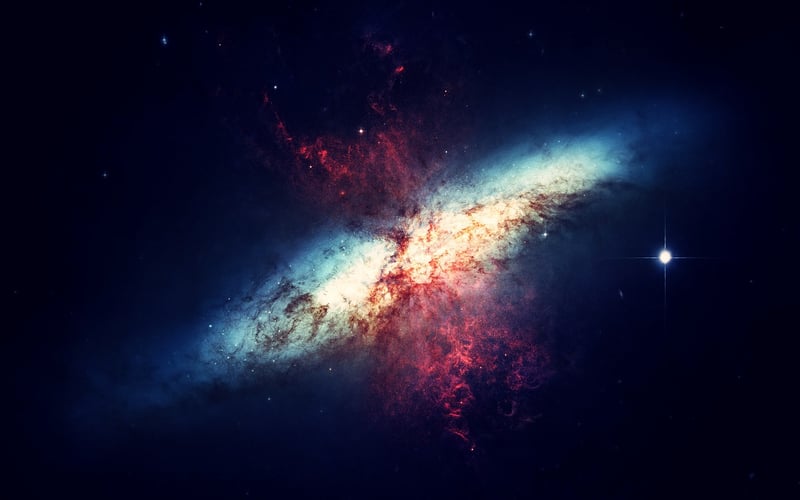Stellar evolution
Exploring the Universe: Types of Star Systems and Stellar Evolution
Types of Star Systems
Star systems are fascinating celestial arrangements that consist of two or more stars bound together by gravity. Let's delve into the different types of star systems:
Binary Star Systems
Binary star systems are the most common type and comprise two stars orbiting a common center of mass. They can be further classified as visual binaries, spectroscopic binaries, or eclipsing binaries based on how they are observed from Earth.

Multiple Star Systems
In multiple star systems, three or more stars are gravitationally bound together. These systems can be hierarchical, with one star orbiting a close binary pair, or they can form more complex configurations.

Stellar Evolution
Stellar evolution is the process by which a star changes over time. It encompasses the birth, life, and death of stars. Here are the key stages of stellar evolution:
Nebula
Stars are born from vast clouds of gas and dust called nebulae. Gravity causes these clouds to collapse and form protostars, which mark the beginning of a star's life cycle.

Main Sequence
During the main sequence phase, a star fuses hydrogen into helium in its core, releasing energy that sustains its brightness and heat. This phase is where stars like our Sun spend the majority of their lives.

Red Giant and Beyond
As stars deplete their hydrogen fuel, they undergo changes leading to the formation of red giants, planetary nebulae, and, in the case of massive stars, supernovae and black holes.

Understanding star systems and stellar evolution provides us with valuable insights into the processes shaping our universe and the lifecycle of celestial objects.
Explore the mysteries of the cosmos and marvel at the wonders of the stars!
